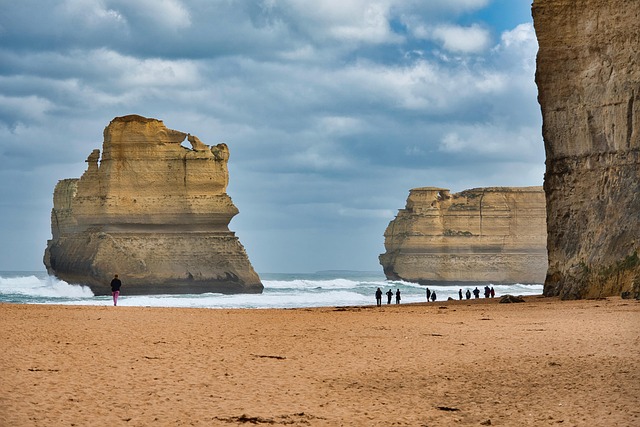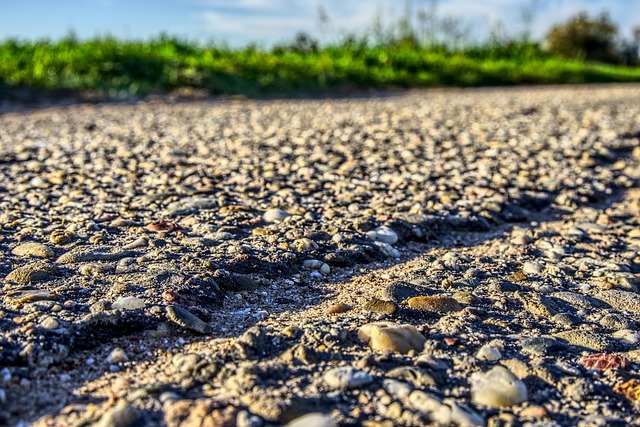Coastal erosion is becoming an increasingly pressing issue as climate change exacerbates rising sea levels and more extreme weather events. Those living on the coast are witnessing firsthand the slow yet relentless loss of land, habitats, and even entire communities. The very shorelines that once seemed eternal are now vanishing, raising questions not only about environmental impacts but also about the future of human life in these vulnerable areas.
Coastal erosion is not just a natural phenomenon; it is a vivid illustration of a changing climate. With each storm surge and high tide, beaches recede, cliffs crumble, and marshlands are swallowed. For many coastal dwellers, this erosion feels like an intimate betrayal, as homes constructed with dreams and hard work are inevitably lost to the sea. The emotional toll can be overwhelming, as families are forced to leave behind their histories, their communities, and their ways of life.
The environment bears the brunt of coastal erosion as well. Habitats for fish, birds, and other wildlife are disappearing at an alarming rate. Coastal wetlands, which act as natural buffers and provide essential ecosystem services, are being eroded away. This results not only in a loss of biodiversity but also in diminished protective measures against severe weather. As habitats deteriorate, the balance of local ecosystems shifts, leading to a domino effect that can alter entire food chains.
Climate change intensifies the threats of coastal erosion. Warmer temperatures lead to melting glaciers and ice caps, contributing to the rise in sea levels. Furthermore, climate change raises the frequency and intensity of storms, exacerbating erosion. Rising tides drown ecosystems that rely on predictable weather patterns and stable shorelines, forcing plants and animals to adapt at a pace that many simply cannot match.
The repercussions of coastal erosion due to climate change extend beyond the immediate environment. Economic implications are substantial; tourism-dependent regions face dwindling beach access and attractions. Fisheries suffer as vital spawning grounds are altered. Property values decline, leading to financial stress for communities already grappling with the reality of displacement. There’s a growing anxiety about the sustainability of coastal development. Will future generations be able to enjoy the beaches that previous ones have cherished, or will they be nothing but distant memories?
As communities grapple with the impact of coastal erosion, it’s more critical than ever for them to embrace sustainable practices. Use of vegetation and natural barriers can help stabilize shorelines, while policies aimed at land-use and climate change mitigation can alleviate some of the pressures. Concerted efforts must be made on both local and global scales, pooling resources and knowledge to confront these challenges head-on.
In the face of rising tides and washing away shorelines, the responsibility to act and adapt falls upon us. Acknowledging that coastal erosion is an urgent environmental issue linked intricately with climate change is the first step toward meaningful solutions. By fostering an understanding of our vulnerability and resilience in the face of this crisis, we can work together to protect our coastlines—and the rich lives they sustain—from the grasp of climate change.




